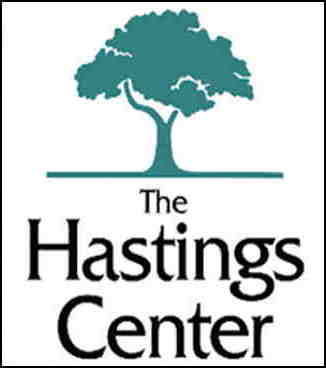Reproductive Embryo Editing: Attending to Justice
By Inmaculada De Melo-Martín,
The Hastings Center Report
| 08. 22. 2022
Advances in genome editing technologies allow scientists to add, remove, or alter genetic material at particular locations in the human genome. Genome editing of somatic cells offers great promise in the prevention and treatment of various human diseases. But these technologies could also be used to modify gametes and embryos. Some commentators defend gene editing for reproductive purposes on the ground that it would allow people who are at risk of transmitting genetic diseases to their offspring to have healthy and genetically related children.
Using gene editing in this way would require further research. The technology still presents problems involving off-target effects and reliability. Researchers must improve delivery to desired tissues and control of immunogenic reactions. Yet I argue here that, if we accept certain background claims about justice, accepting the goal of helping people have healthy and genetically related children should commit one to rejecting the investment of social resources into further development of reproductive embryo editing.
Considerations of justice are relevant to questions regarding the development of reproductive embryo editing for several reasons. First, decisions about research-funding priorities involve...
Related Articles
By Grace Won, KQED [with CGS' Katie Hasson] | 12.02.2025
In the U.S., it’s illegal to edit genes in human embryos with the intention of creating a genetically engineered baby. But according to the Wall Street Journal, Bay Area startups are focused on just that. It wouldn’t be the first...
Several recent Biopolitical Times posts (1, 2, 3, 4) have called attention to the alarmingly rapid commercialization of “designer baby” technologies: polygenic embryo screening (especially its use to purportedly screen for traits like intelligence), in vitro gametogenesis (lab-made eggs and sperm), and heritable genome editing (also termed embryo editing or reproductive gene editing). Those three, together with artificial wombs, have been dubbed the “Gattaca stack” by Brian Armstrong, CEO of the cryptocurrency company...
Alice Wong, founder of the Disability Visibility Project, MacArthur Genius, liberationist, storyteller, writer, and friend of CGS, died on November 14. Alice shone a bright light on pervasive ableism in our society. She articulated how people with disabilities are limited not by an inability to do things but by systemic segregation and discrimination, the de-prioritization of accessibility, and the devaluation of their lives.
We at CGS learned so much from Alice about disability justice, which goes beyond rights...
By Adam Feuerstein, Stat | 11.20.2025
The Food and Drug Administration was more than likely correct to reject Biohaven Pharmaceuticals’ treatment for spinocerebellar ataxia, a rare and debilitating neurodegenerative disease. At the very least, the decision announced Tuesday night was not a surprise to anyone paying attention. Approval...




